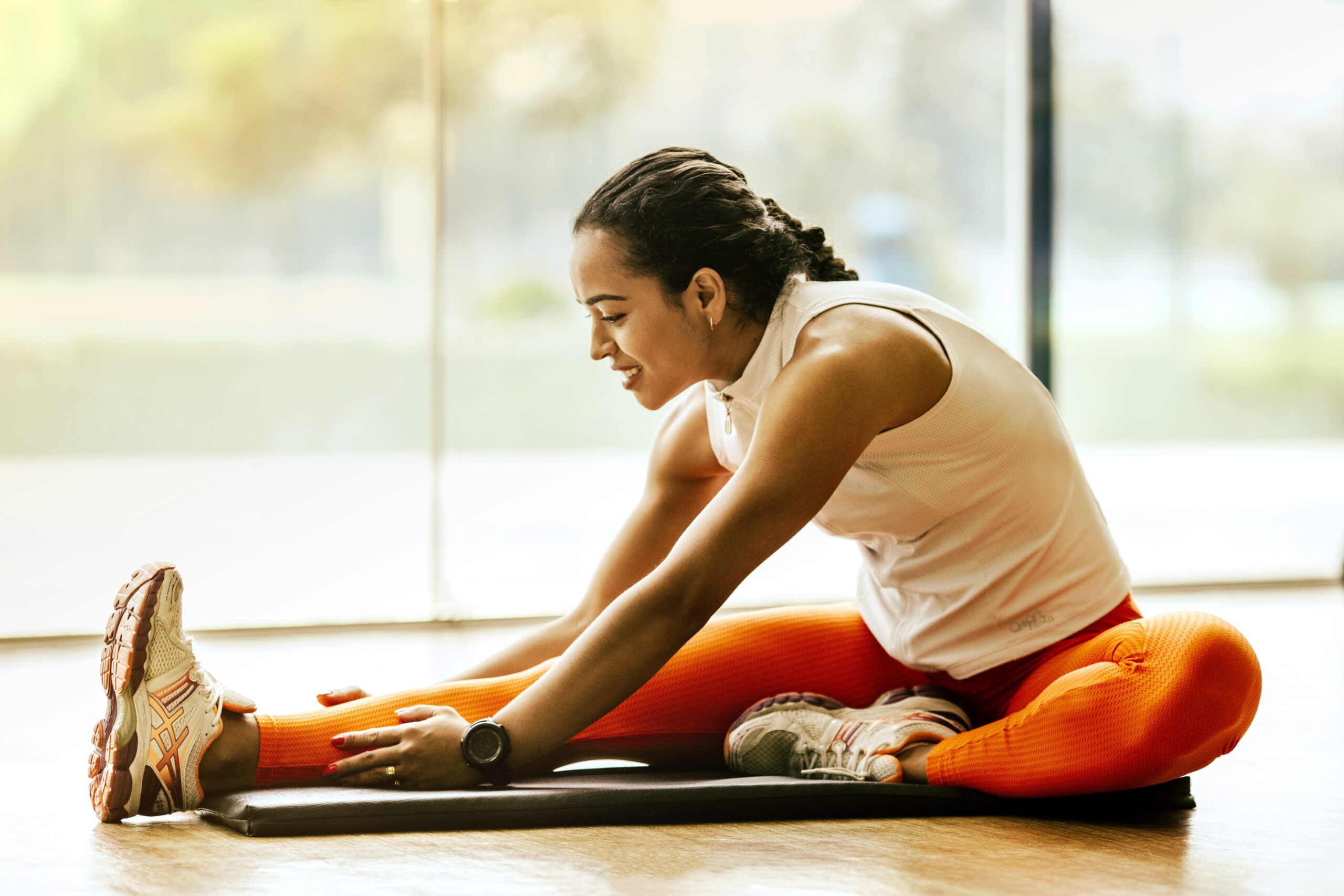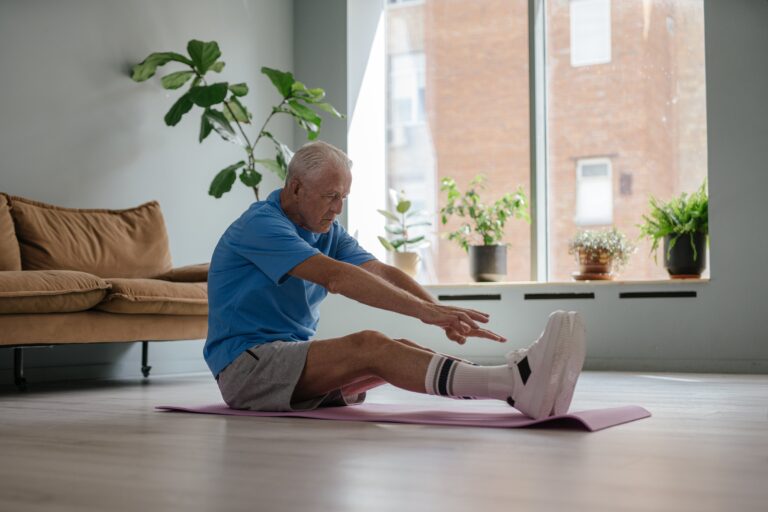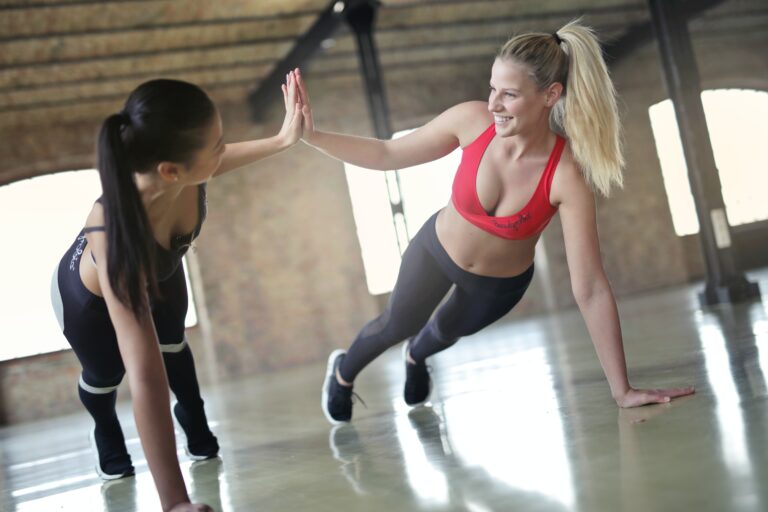Before You Start
Before you start your exercise programs
The heart rate varies depending on a person’s activity level, age, and overall health. A healthy heart rate typically falls between 60 and 100 beats per minute for adults, although this can vary somewhat depending on the individual.
A few notes before you start your exercise programs
- Read the owners manual of your new heart rate monitor carefully. Your new monitor may come with features to help you with your exercise program.
- Before starting on any new exercise program, we recommend that you visit your doctor for a “stress test” and approval to begin an exercise program. This test will also give you your accurate “maximum heart rate” that you will use later with your heart rate monitor.
- The science of exercise has changed a lot in the past few years. The old adage of “No Pain; No Gain” is simply no longer accurate. A whole industry of exercise specialists has developed to help ordinary people develop exercise programs specially tailored to their needs and abilities. We highly recommend that you hire a qualified “personal trainer” to help you develop and conduct your exercise program.
Your Heart Rate Experience
To start, simply wear your heart rate monitor for a few hours, this will help you understand how the unit works. See that heart flashing in the face of the monitor? That’s your heart actually beating, one flash equals one beat.
Wear your heart rate monitor when you first wake up in the morning and note the number it shows—this is your “Resting Heart Rate.” Check out your heart rate when you are in the middle of your day, sitting down and relaxed, that’s your “Ambient Heart Rate”.
Watch as you move around doing different tasks and observe the movement of the numbers. After a few hours, you’ll start to get a feel for how your heart responds to various activities. The more you wear your monitor the more you will understand how the monitor, and your body, work.
Getting F.I.T.
“Workload” is the key to fitness. It is the amount of F.I.T. you do.
- F.I.T. stands for Frequency, Intensity, Time.
- Frequency— how often you exercise.
- Intensity—how hard you exercise
- Time—how long you exercise.
All three combine to give your workload. Of the three parts of F.I.T., the latest exercise research shows intensity to be the most important. This is where your new heart rate monitor comes in, it is absolutely the best way to determine the intensity of your workouts. Interestingly, most people tend to exercise with too much intensity. Depending on your goals, the easier you go, the better results you may get. As well, the easier you go at first, the better the odds that you’ll still be exercising on a regular basis after an extended period of time. Starting an exercise program out too hard or too often can lead to “burnout” or injuries that will keep you from making exercise a regular part of your life style.
The intensity of your workout is measured by your heart rate. This is expressed as a percentage of your maximum heart rate in beats per minute (bpm). This makes knowing your maximum heart rate very important. Your maximum heart rate is a fixed number that is unique to you, two people of exactly the same age may have dramatic differences in their maximum heart rates. Your maximum heart rate may decrease slightly as you age, but it will not go up.
 |
|
Benefits of heart rate Determine your maximum heart rate How to Get Started Setting up your workout |
 About Sally Edwards. For the past thirty years, Sally Edwards has been
racing in the front of the pack in business, sports, and lifestyle training.
She is the author of eight sports and nutrition books, including Heart Zone Training
(1996) and the Heart Rate Monitor Book (1993) and has lectured worldwide on a broad
range of topics including breaking through the barriers that keep us from our personal
achievement. She resides in Sacramento, California, and lives the fitness lifestyle
that she preaches.
About Sally Edwards. For the past thirty years, Sally Edwards has been
racing in the front of the pack in business, sports, and lifestyle training.
She is the author of eight sports and nutrition books, including Heart Zone Training
(1996) and the Heart Rate Monitor Book (1993) and has lectured worldwide on a broad
range of topics including breaking through the barriers that keep us from our personal
achievement. She resides in Sacramento, California, and lives the fitness lifestyle
that she preaches. |









I would recommend that anyone getting started on a fitness plan, get a stress test! I found this to be very valuable to mapping out my fitness goals.
I had a stress test done and got my maximum heart rate. I would recommend this for anyone that is just getting started.
I love my heart rate monitor and I wear it all the time (with the chest strap) I never know when I will be “working out”.